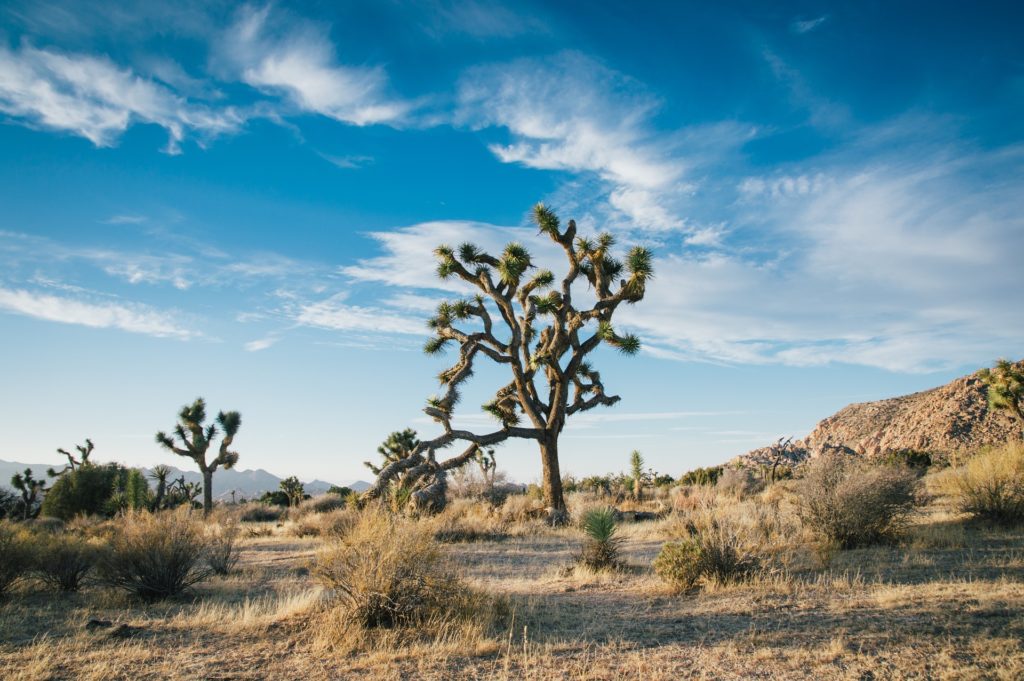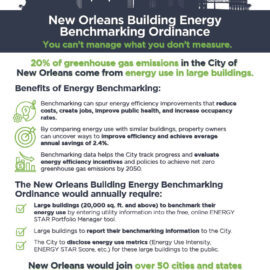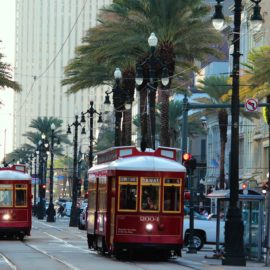
No, New Orleans will never be this hot or dry but still at times the same heat seems to be outside as we melt in the humidity. However on the street I live on, closer to St Charles there are a lot of established trees but the 3-4 blocks from Ferret there are few. On our block we have planted 5-6 trees but in their infant stages so no shade yet. We were responding without knowing it to what this article says. Planying trees is in every bodies best interest.
A hot summer day might be uncomfortable in the Garden District but downright dangerous in Hollygrove and Central City. Preliminary results from a new heat mapping model show wide temperature variation in New Orleans, with some neighborhoods suffering through temperatures that were as much as 18 degrees hotter than other parts of the city. Led by climate change reporting project ISeeChange and the New Orleans Health Department, the model shows almost all heat data gathered from neighborhoods registering higher temperatures than the city’s “official” temperature, generally measured at the airport in Kenner. Neighborhood heat sensors documented average temperatures that were 6 degrees hotter than the airport gauge, which sits in shade near heat-absorbing wetlands.
Nola.com
This model can help in showing the worst ideas and then, by looking at the cooler areas see what the visual differences are. This is necessary as not all areas of the city are treated equally, with the poorer areas suffering more said Julia Kumari Drapkin, ISeeChange CEO.
“If you’re a low-income renter, you might have less access to affordable air conditioning,” she said. “And if you have heart disease and other health problems, or you’re elderly or have young children or a baby, you may be experiencing the heat very differently.” Urban heat waves kill more people than any other weather-related event, including hurricanes, according to the U.S. Environmental Protection Agency. High temperatures can cause heat stroke and dehydration and exacerbate a range of underlying health conditions, including high blood pressure and kidney disease.
Trees, shade and parks help cool off an area. Poorer areas often lack these. With out these cooling factors, air conditioners have to run more raising the cost. So the poor are hit twice, once for the heat and a second time with their electric bill.
Sometimes complaining about a broken AC unit can get a renter evicted, said Maxwell Ciardullo, a policy analyst with the Greater New Orleans Fair Housing Action Center. “If you speak up and they don’t want to deal with it, it’s very easy [for landlords] to put you out,” he said. You don’t have to live in a heat island to be affected by them. “Those [hotter] neighborhoods emanate heat into surrounding neighborhoods, even when there is a lot of tree cover,” said Joey Williams, manager of CAPA Strategies, a data analytics company that helped with the model.
New Orleans is in the the top 5 for heat problems. The samples were taken by volunteers and many of the richer areas were not sampled, not to put in bias but because of time and funding.
Drapkin emphasized that the heat map is a work in progress and doesn’t show “absolute truth.” “The more we work with engineers and researchers across climate risk models and impacts, we see that ground truthing is critical,” she said. “In the next phase of work, we’ll be kicking the tires on the hot spots.”
The group wants to expand into permanent heat gauges as well as wind gauges to see how heat in one area spreads to adjoining areas.
City Councilwoman Kristin Gisleson Palmer hopes to use the model to guide the city’s efforts to increase the New Orleans’ tree canopy to 50% by 2030. “With this heat map, we could prioritize where we plant trees,” said Palmer, an advocate of a proposed urban forest master plan for the city. She often uses urban heat maps from other cities such as Washington D.C. when making the case for more trees. “But to have this locally for New Orleans is thrilling.”
This is ISeeChange’s interactive urban heat map for the New Orleans area. We all can do our part.



